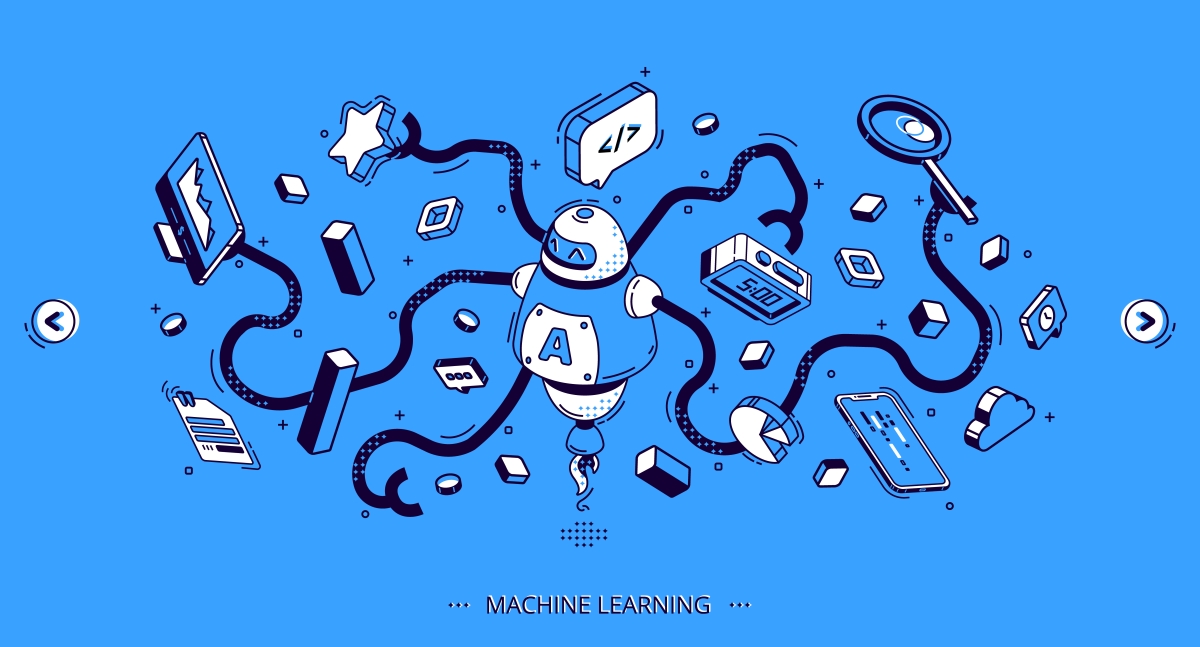Enormous amount of data is being produced on daily basis; it takes a part in the success journey of organizations. However, data is useless if the organization is not able to extract meaningful insights from it, or if it doesn’t know the right tools in order to be able to do so.
Unless there's a data scientist on the staff to interpret the extracted data and turn them into applicable business decisions, the benefits of data is lost.
Augmented Analytics changes this whole situation.
So, what does Augmented Analytics really mean?
In July 2017, Gartner, one of the top marketing research companies, introduced the term Augmented Analytics in their annual report. They said that this new type of analytics is going to be the “ The Future of Data Analytics.”
In the report, Gartner coined the term Augmented Analytics and defined it as “an approach that automates insights using machine learning and natural-language generation, marks the next wave of disruption in the data and analytics market.”
Gartner coined and defined the term. However, it could be a little challenging for people who aren't experts in the fields of data science to understand.
So, what did Gartner mean with Augmented Analytics?
In the definition, Gartner referred to three essential components that any business should know and use/do:
- Machine Learning.
- Natural Language Generation
- Automating Insights

Machine Learning:
Machine Learning is the usage of Artificial Intelligence (AI) to make systems able to learn and improve all by themselves, without being programmed specially for such a cause. The main aim of machine learning is to develop computer programs to give them the capability to access data on order to use and learn from them without the interference of human.
Natural-Language Generation (NLG):
It is the usage of AI programming to generate written or spoken narrative from data sets. NLG focuses on human-to-machine and machine-to-human interactions.
Automating Insights:
It's the combination of machine learning and NLG. This allows businesses to automate the process of analyzing data and communicating its key findings with people.
Augmented Analytics, therefore, is the process where data is being generated from raw data sets in order to be scrubbed and analyzed in an unbiased manner. Then, it is interpreted in a natural-language processing that human can understand. Machine learning is used by augmented analytics to generate meaningful patterns to generate insights without the involvement of data scientists.
So, could Augmented Analytics really considered to be the “Future of Data Analytics?”
In order to be able to answer this question we need to identify what Augmented Analytics does and what are the problems that it solve?

Source: sapanalytics.cloud
Before Augmented Analytics came to the picture, businesses, who used data, had to have data scientist or data analyst staffs. These staffs worked on collecting data from different sources, then, they would cleanse these data. And this job could be done by AI easily and they are error-free.
Moreover, not all data scientists or analysts are business experts. Therefore, they aren't the most reliable when it comes to taking actions based on the product insights. And when cleansing the data they may be somewhat biased. Meaning, they may label data as unimportant because they are not able to see the importance in it.
Augmented Analytics, because of the use of AI, is not biased. It has the ability to gather and cleanse the data an unbiasedly manner.
The main goal of Augmented Analytics is to completely automate the process of data collection in order to save data scientists the time they spend collecting and analyzing the data. But its ultimate goal is to completely replace data scientists with AI.
In a nutshell, a tool of Augmented Analytics is a tool that could be asked to collect certain type of data. After the collection, data is analyzed and communicated to the user in an understandable manner with some visual charts to make the data easier to be understood and used.




